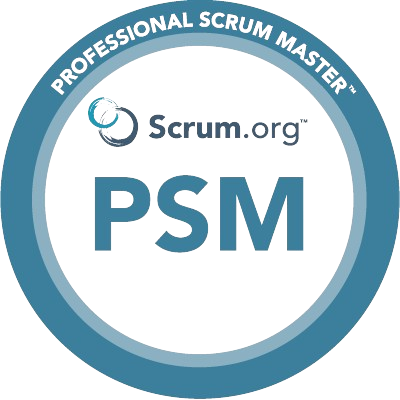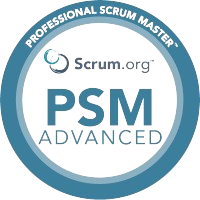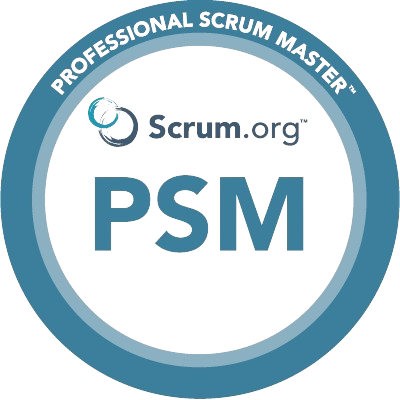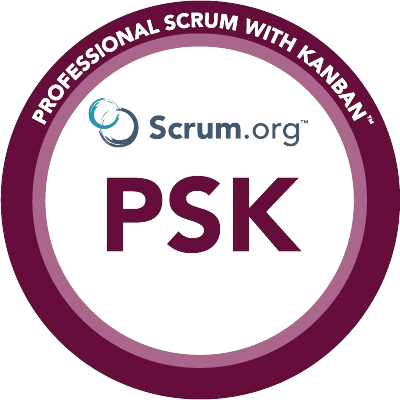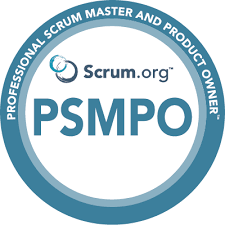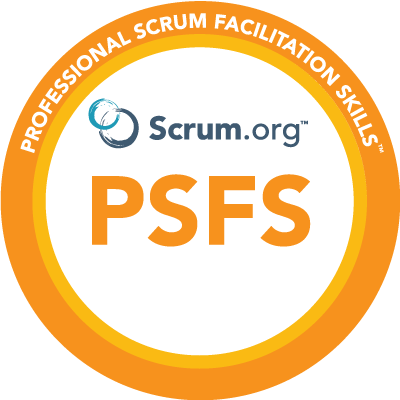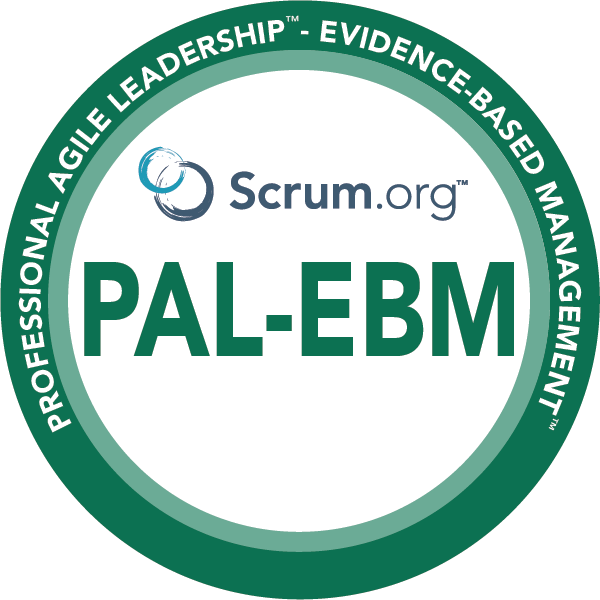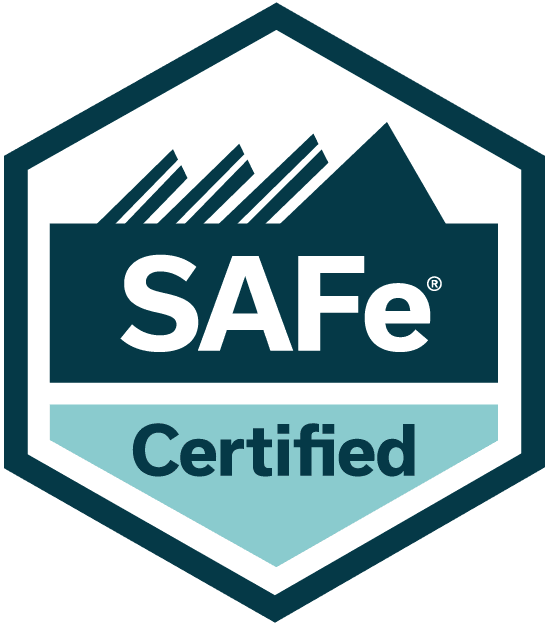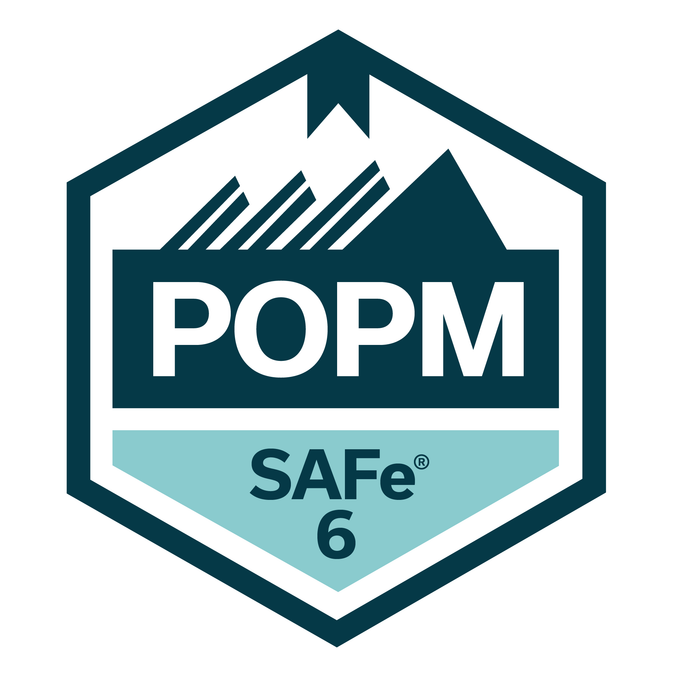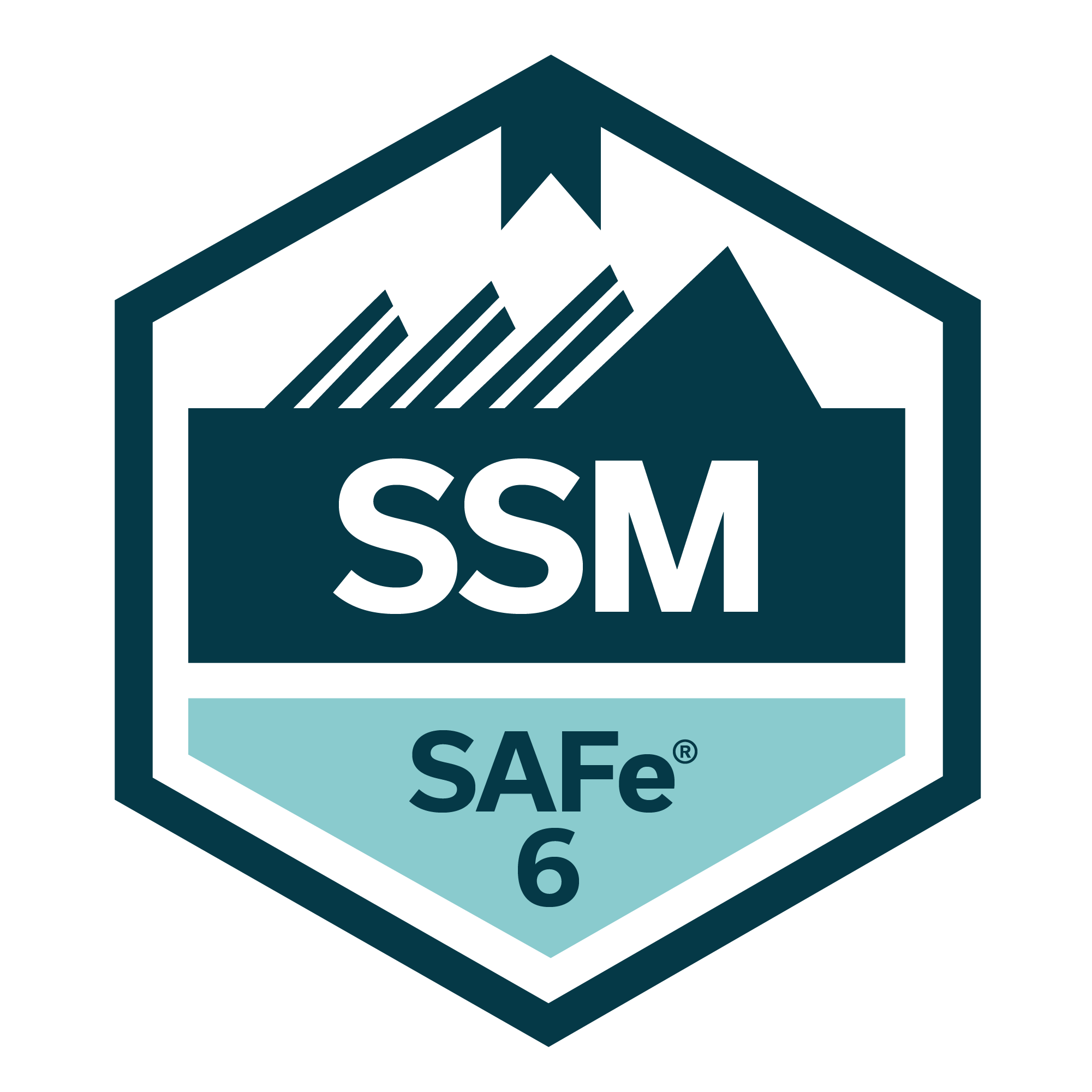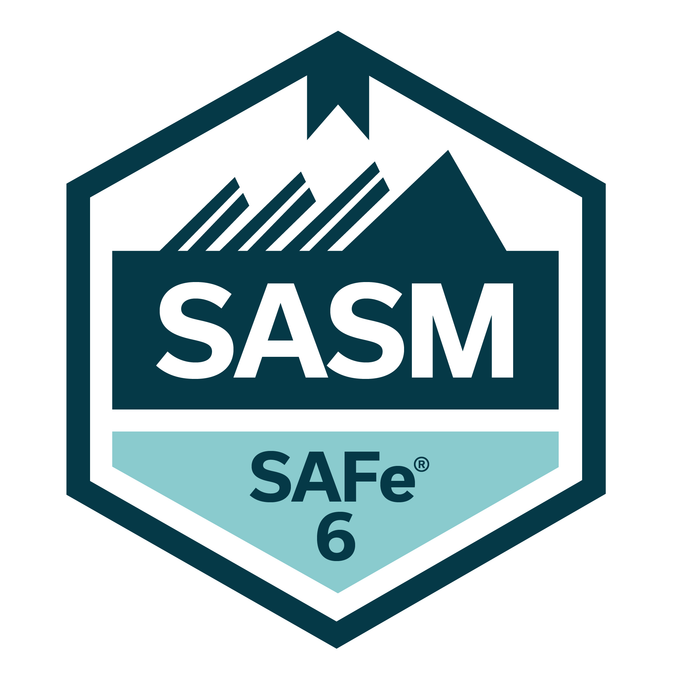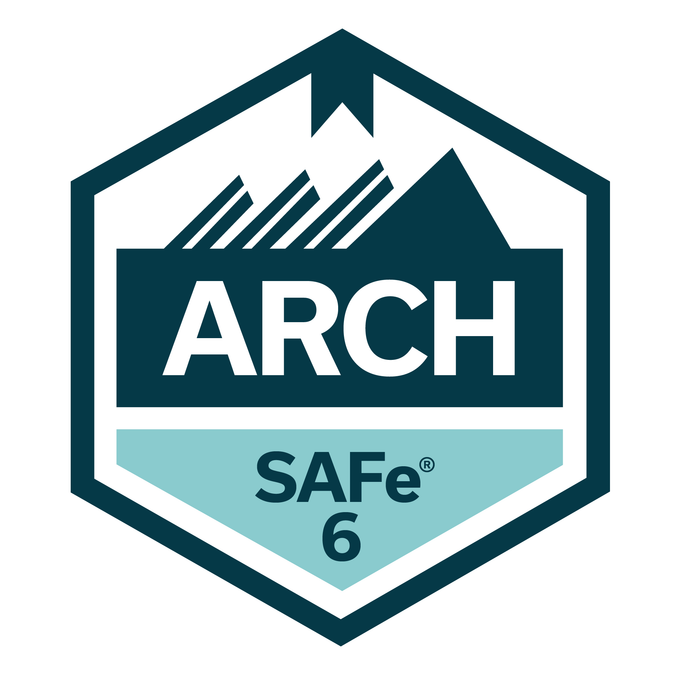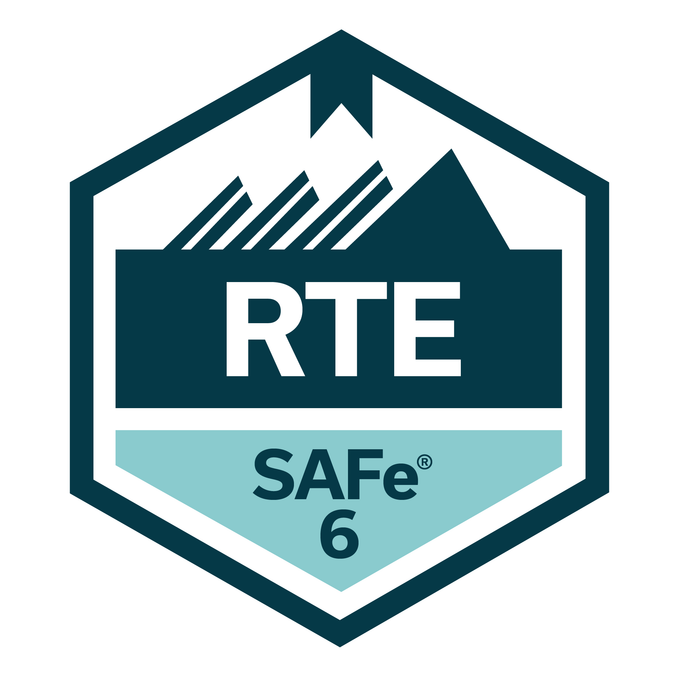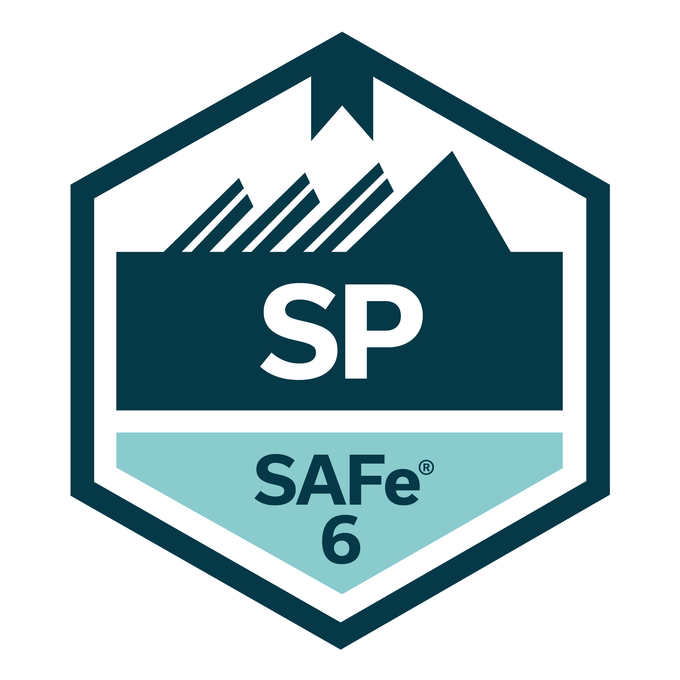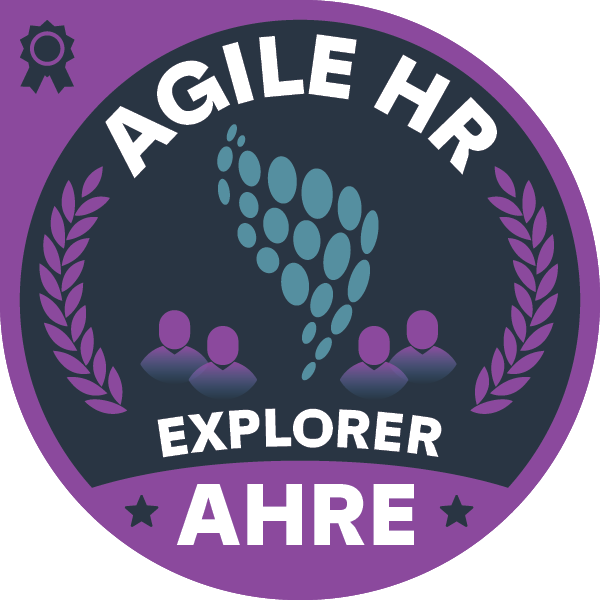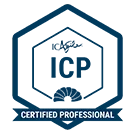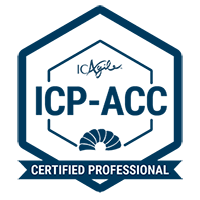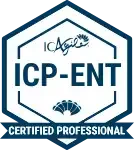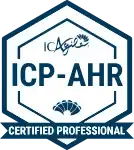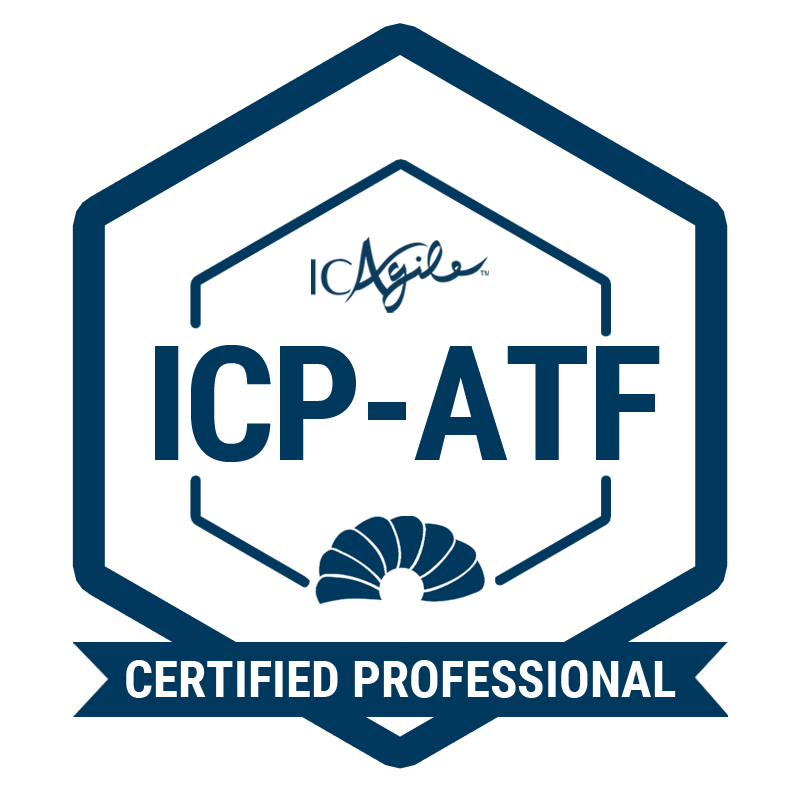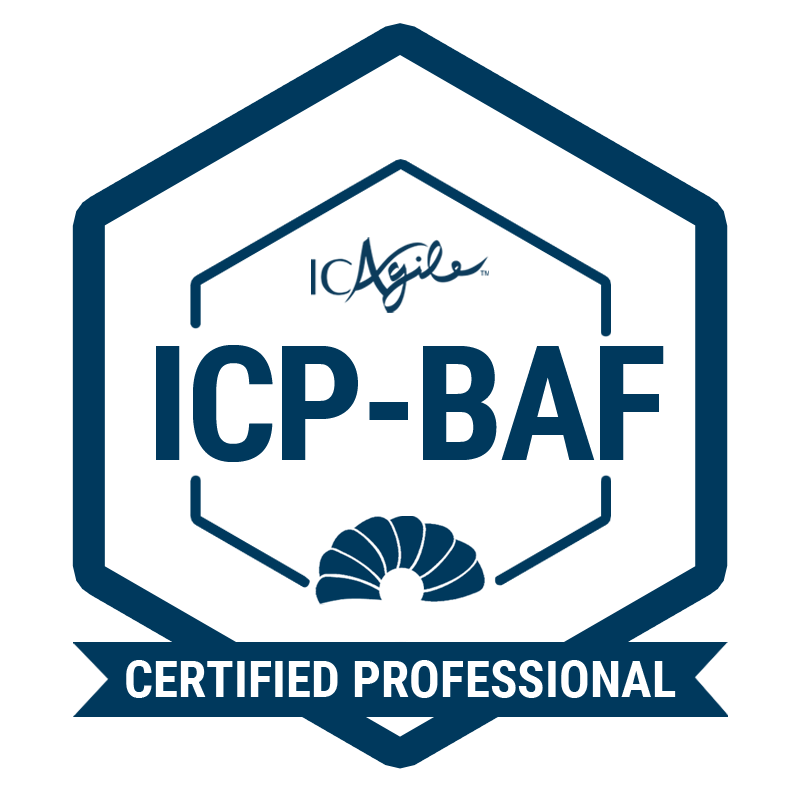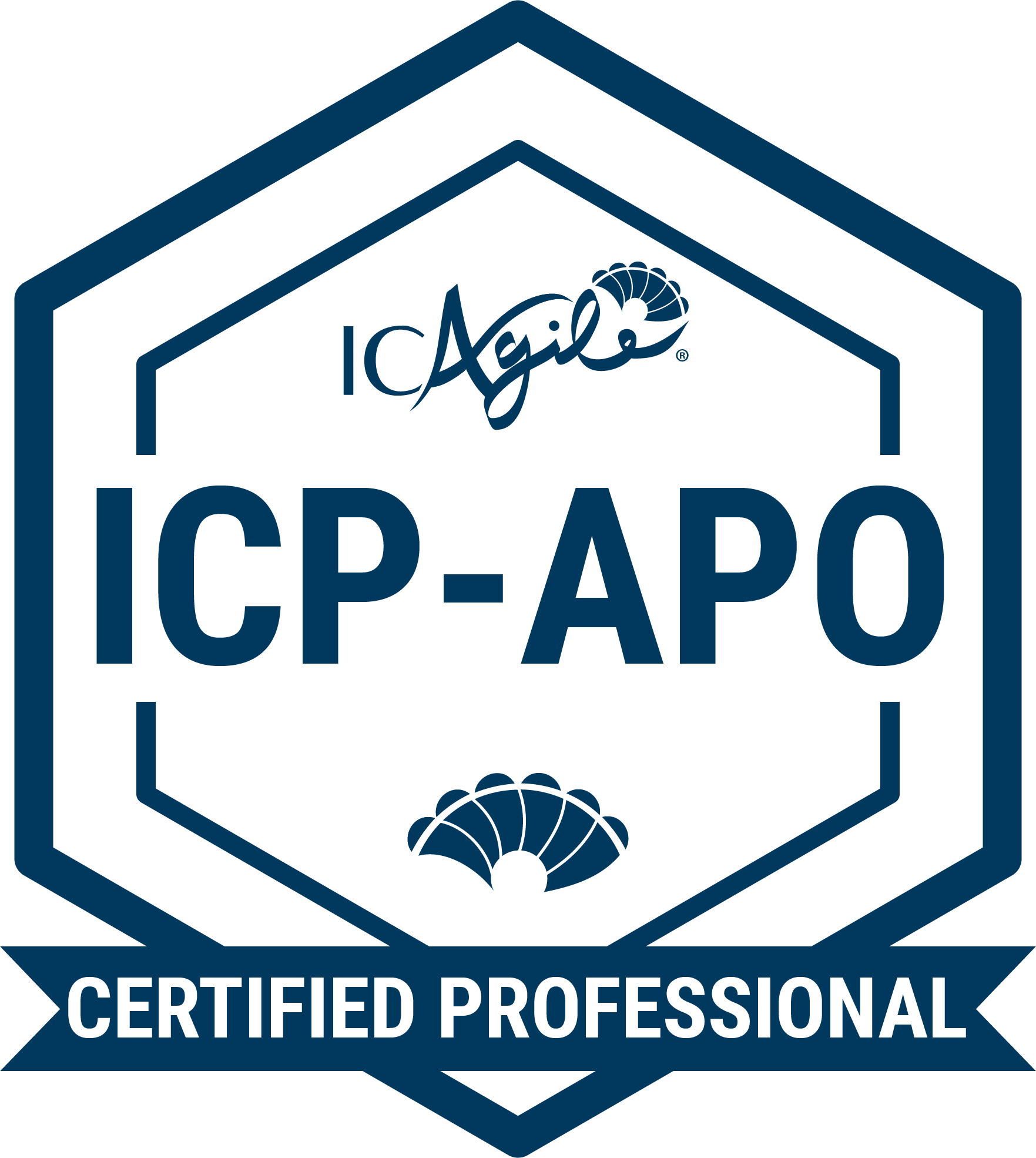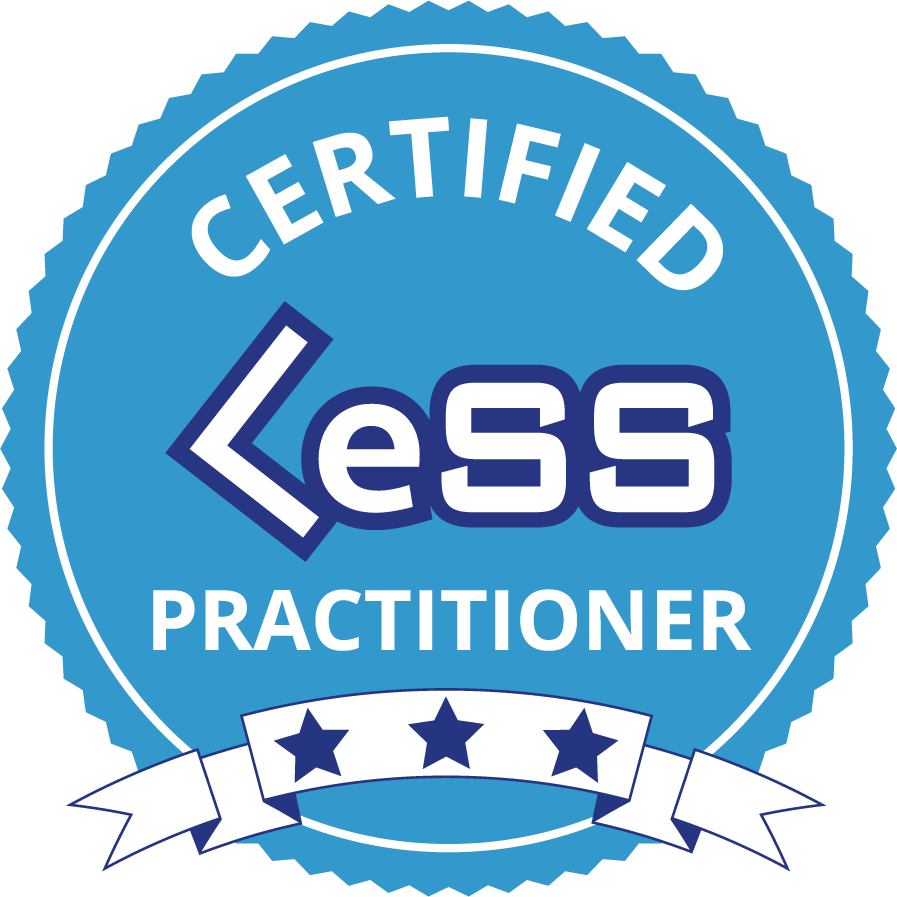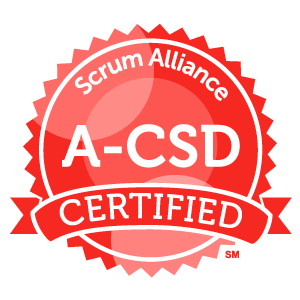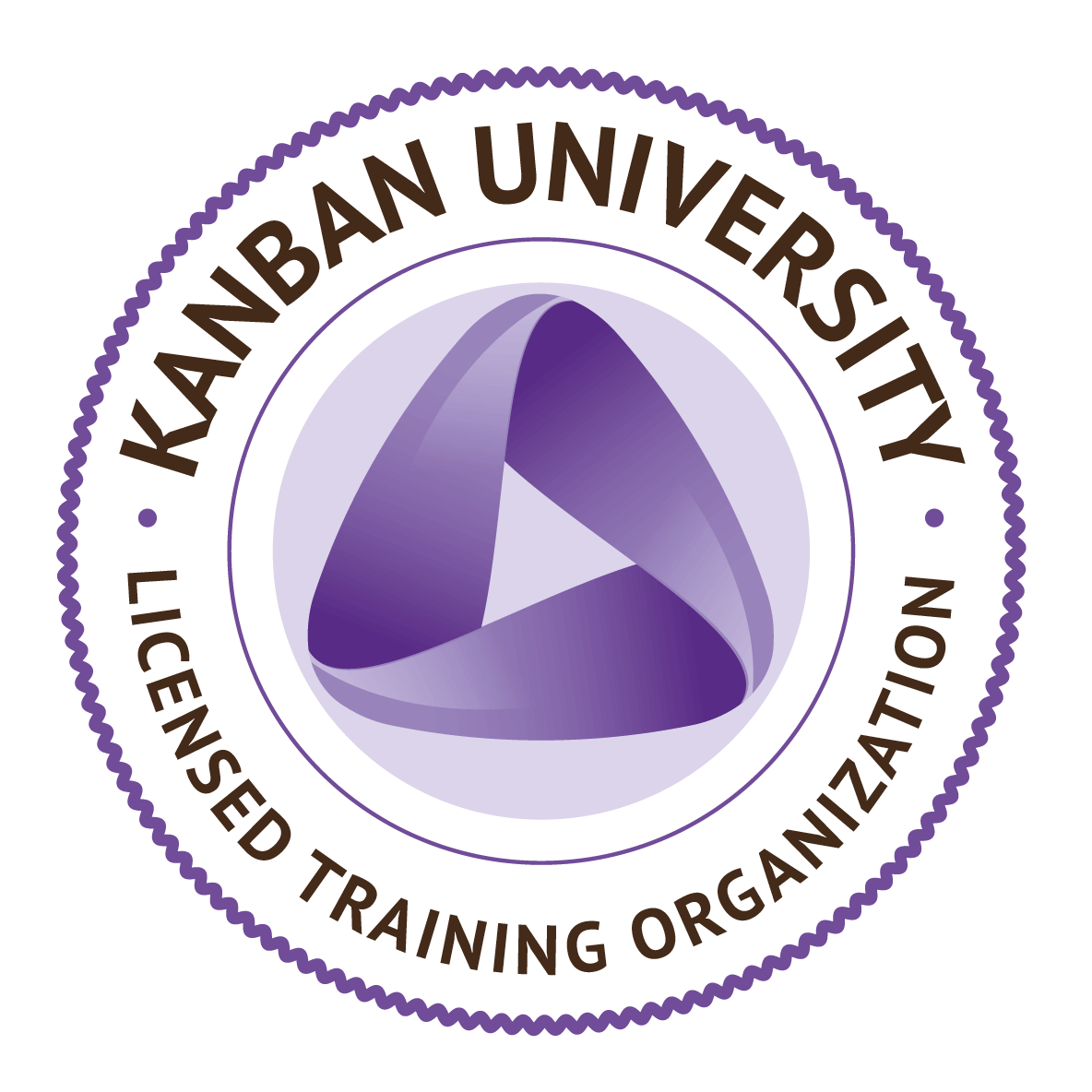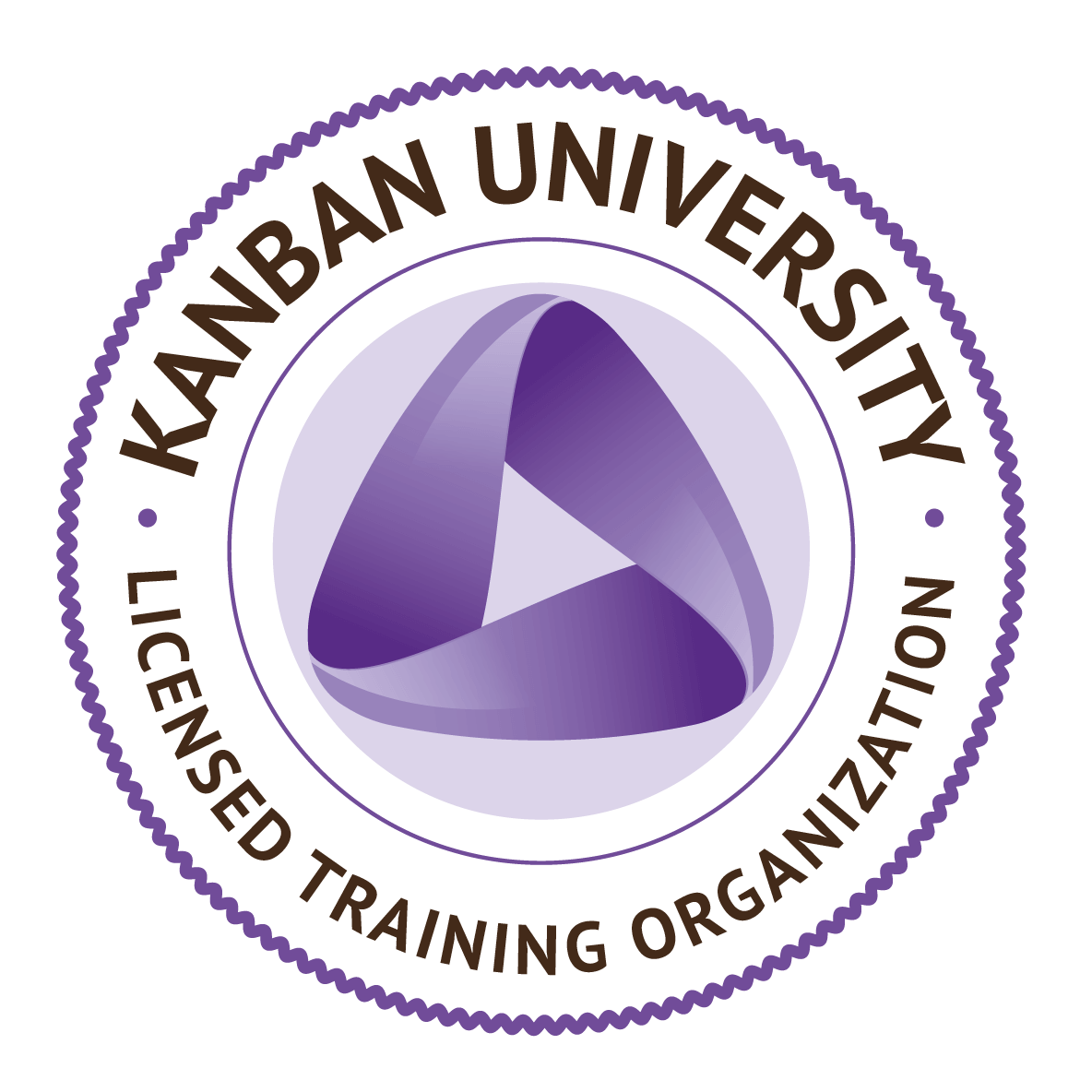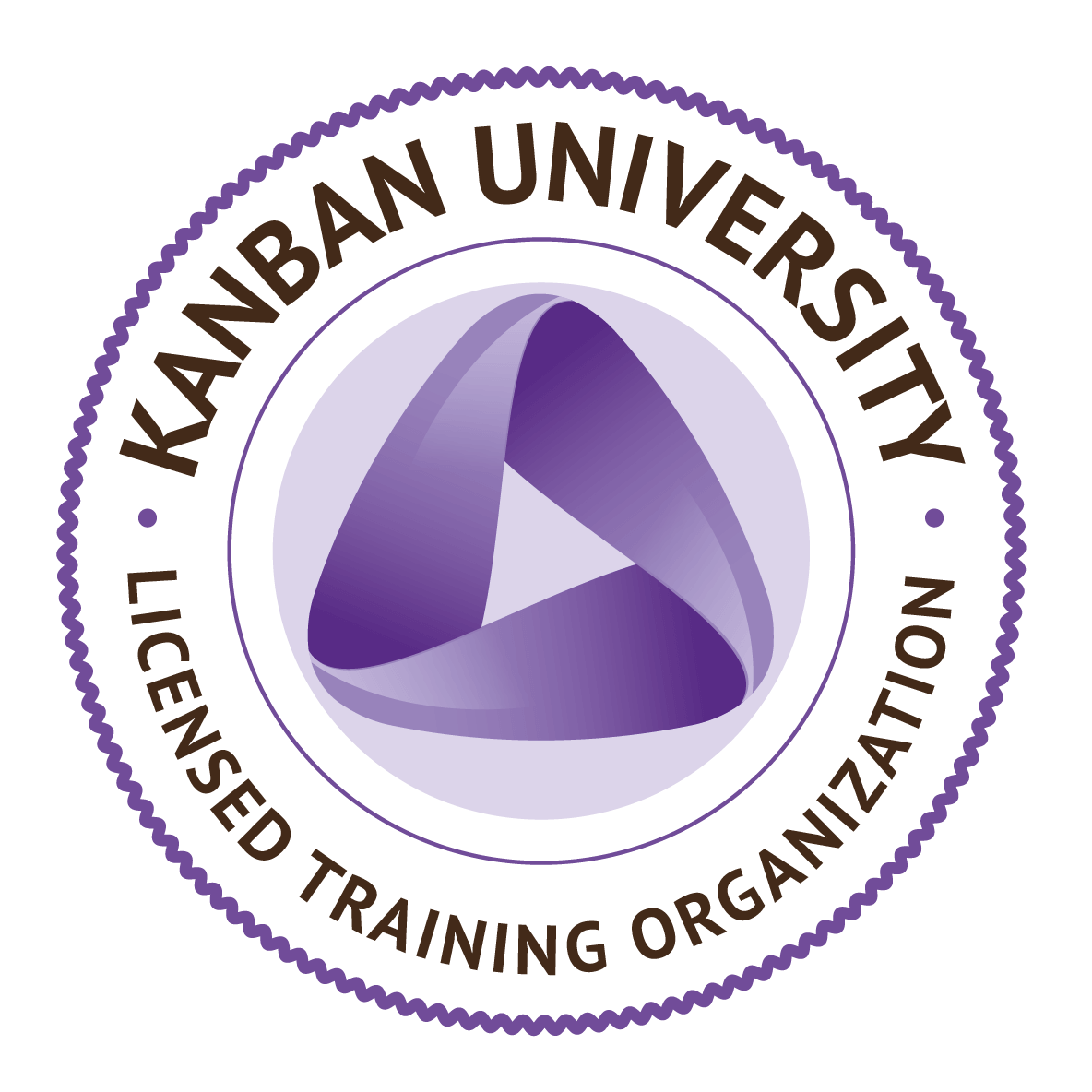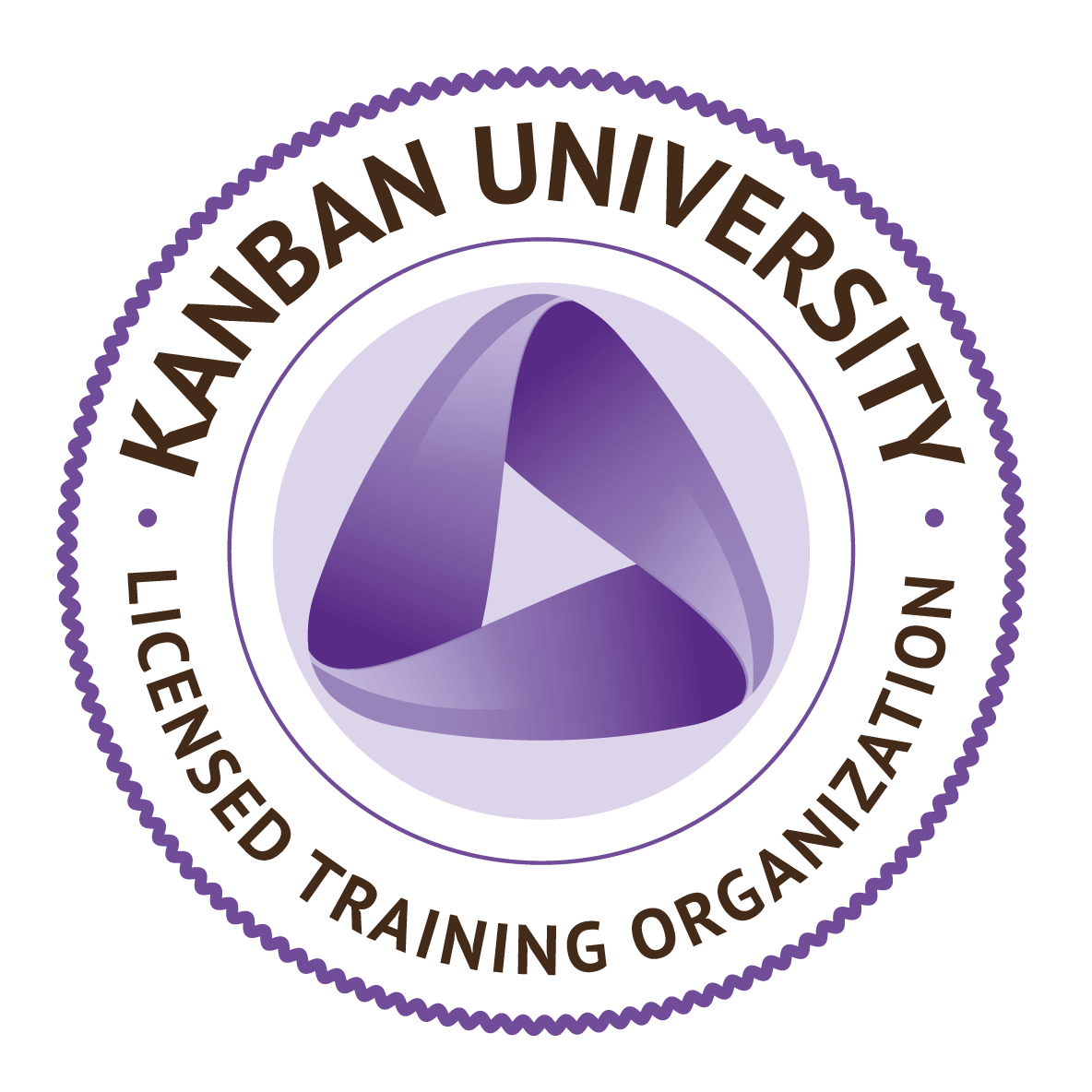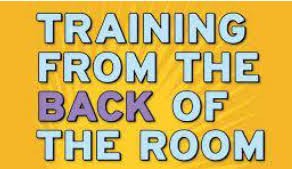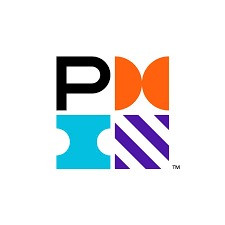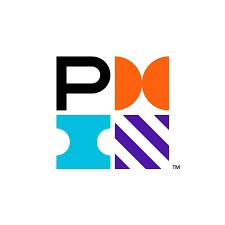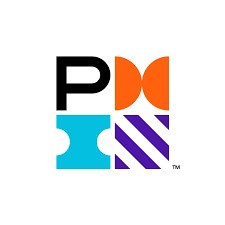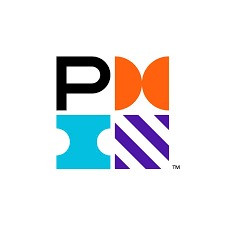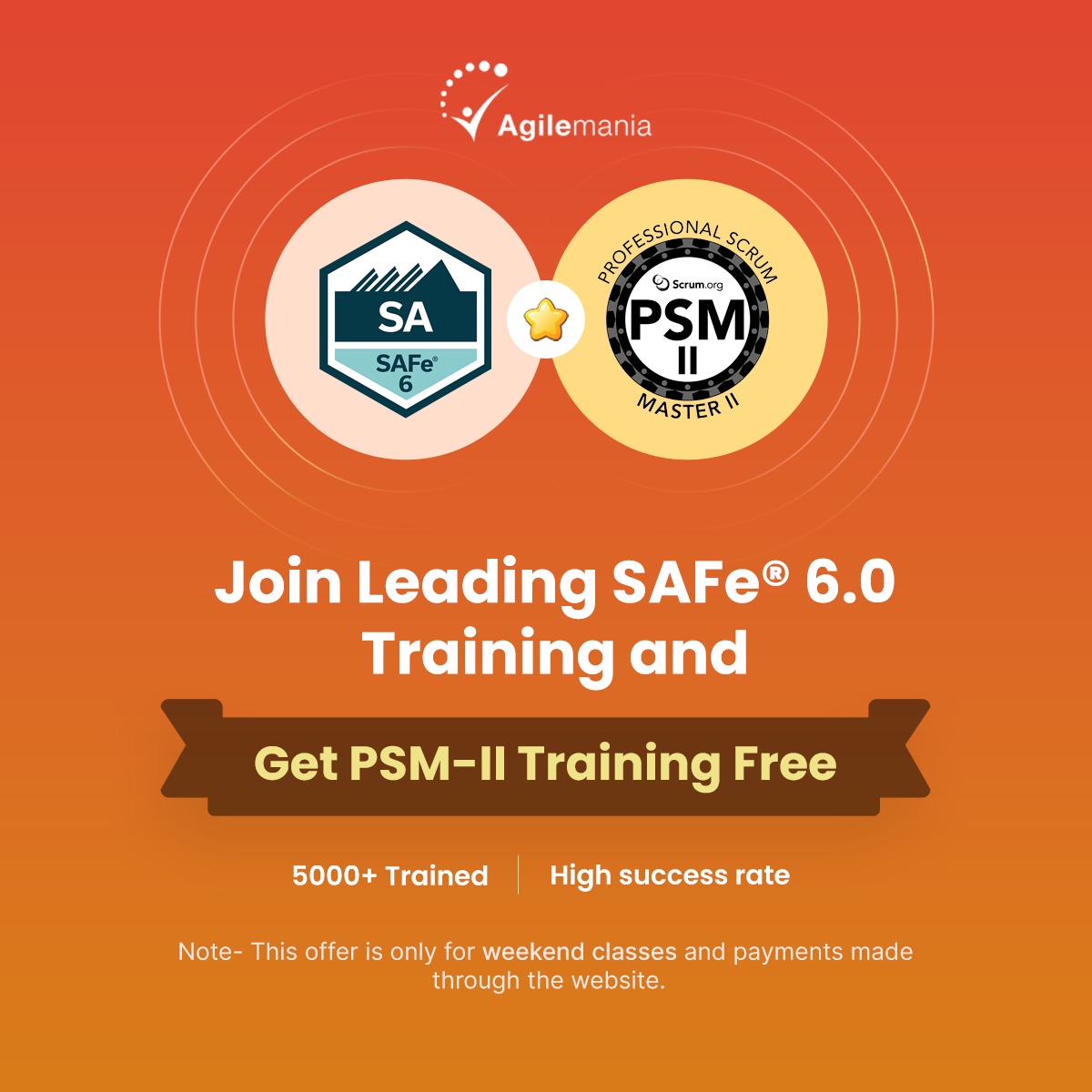Tutorial Highlights
➤ Business agility is a crucial concept for organizations operating in the digital age. It refers to an organization's ability to adapt quickly to market changes, respond to emerging opportunities, and deliver innovative, digitally-enabled business solutions. At its core, business agility extends the principles of agile development beyond software teams to encompass the entire organization.
➤ A key aspect of business agility is customer-centricity. Agile businesses prioritize listening to, empathizing with, and serving the needs of their customers as quickly as possible. This focus not only helps companies do right by their clients but also makes them more attractive to prospects. Agile organizations are quick to recognize their shortcomings and mistakes, and they work swiftly to rectify situations and create superior user experiences.
➤ This Tutorial on Driving Business Agility with SAFe® covers the foundational knowledge of what business agility is, it’s key domains, core competencies, and so much more! So read on to learn about business agility, even if you’re a beginner in the world of SAFe®.
Topics Covered
-
What is business Agility?
-
Domains of business agility
-
Business Agility: Need Of The Hour
-
The core competencies of SAFe
-
The BAVS steps
-
Connecting Competencies to BAVS Steps
-
Agile leadership & Leading cultural change
-
The relationship between complexity and system thinking
-
Tools and Framework for Measuring Business Agility
Foundations of Business Agility with SAFe® Tutorial
1. What is Business Agility?
Business agility is the ability of an organization to quickly adapt to market changes and seize emerging opportunities by creating innovative, digitally-enabled business solutions. It's about being nimble, responsive, and customer-focused in an era where everything moves at lightning speed. It enables companies to be more responsive to change, accelerate time to market, and reduce costs without compromising quality. While agile methodologies have long been used in software development, true business agility extends this mindset across all aspects of an organization.
2. Domains of business agility
The Domains of Business Agility is a cultural operating model for your organization comprising five essential domains encompassing 18 emerging business capabilities (as defined by the Business agility institute). The mix of these domains and competencies defines your organization's present and long-term effectiveness, and they are manifested via actions.
The capabilities and behaviors within each domain are equally important, necessary, and interrelated. You can only realize business success in an unpredictable market once you develop business agility in each environment across all areas of your organization.
3. The core competencies of SAFe
Market conditions change at lightning speed, customer expectations shift constantly, and technological disruptions emerge seemingly overnight. To thrive in this environment, organizations need more than just agility - they need business agility at scale.
This is where the Scaled Agile Framework (SAFe) comes in. SAFe is a comprehensive system that helps large enterprises adapt Agile and Lean practices to their specific needs. At the heart of SAFe are seven core competencies, each designed to address a crucial aspect of business agility. These competencies work in harmony to transform organizations, enabling them to deliver innovative solutions faster, more predictably, and with higher quality.
4. The BAVS steps
The Business Agility Value Stream (BAVS) is a framework designed to help organizations rapidly respond to market changes and emerging opportunities in the digital age. It outlines a series of steps from identifying an opportunity to delivering customer value in the shortest possible time.
In today's fast-paced business environment, traditional development approaches are often too slow to capitalize on emerging opportunities. The BAVS enables organizations to quickly sense and respond to changes, fostering rapid learning and more favorable business outcomes.
5. Connecting Competencies to BAVS Steps
This tutorial will explore how to connect organizational competencies to the steps in the Business Agility Value Stream (BAVS), aligning key skills with each phase to drive value-based delivery and enhance overall business agility.
6. Lean Agile leadership & Leading cultural change
The Lean-Agile Leadership skill explains how Lean-Agile Leaders create and maintain corporate transformation and practical success by enabling people and teams to achieve their full potential. They accomplish this by setting a good example, learning and modeling SAFe's Lean-Agile mentality, values, principles, and practices, and guiding the transition to a new way of working. Lean-Agile
7. The relationship between complexity and system thinking
Complexity refers to the interconnectedness of many parts, making it difficult to understand both the whole and its individual components. It lacks clear cause-and-effect relationships and is influenced by various factors. Examples include patterns in football games or stock market growth, which are hard to predict precisely.
As businesses aim to become more agile, they need to understand complex relationships between processes and systems. System thinking helps manage these relationships, leading to better decision-making and improved agility.
8. Tools and Framework for Measuring Business Agility
This tutorial provides a comprehensive guide for measuring an organization's progress towards achieving true business agility. It outlines the Scaled Agile Framework's (SAFe) three measurement domains: Outcomes, Flow, and Competency, and equips learners with the necessary tools and techniques to assess and improve their organization's business agility value stream (BAVS).

